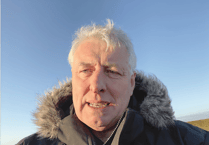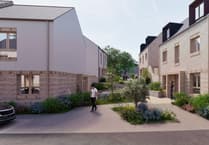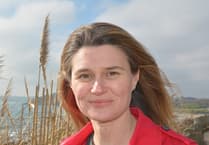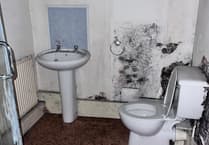RESIDENTS of Duchy of Cornwall developments in Newquay and Truro will have plenty of reason to ‘twitch’ their curtains following the start of the annual neighbourhood bird survey.
The Duchy is staging its sixth annual Big Duchy Bird Box Survey which measures the number of wild birds using nest boxes in their communities at Tregunnel Hill, Nansledan and Trevethow Riel.
Since 2014 the Duchy has been working with the RSPB to build more than 1,000 nest boxes into the walls of new homes and other buildings.
A small army of citizen scientists have been working with the Duchy under the guidance of biodiversity expert Dr Thais Martins since 2019 to conduct an annual survey of the nest boxes.
Dr Martins is hoping to recruit more local residents to take part as the survey gets underway in May.
He said: "The number of boxes installed in Duchy of Cornwall developments has increased year on year, and the proportion of boxes showing signs of use has also gone up.
“In 2023 just over 500 showed signs of occupancy, or almost 42 per cent, which was up four per cent on the year before.”
Last year’s survey showed that the most common species using the next boxes were House Sparrows, with 167 nests, followed by Starlings and House Martins with 74 and 53 respectively.
All these species are on the UK’s Red List of Conservation Concern and have suffered significant declines in the last 25 years.
Stephen Fitt from the RSPB, who has worked closely with the Duchy on the nest box project since its inception, said: "What we’re seeing is the longer the next boxes are in place, the more they are being used and that’s hugely encouraging.”
The Duchy has committed to installing an average of one nest box per home built.
Sam Kirkness, Nansledan development manager at the Duchy of Cornwall, said: “The nest boxes are just one of the many steps we have taken to encourage wildlife across our developments.
“These include public parks, wildflower meadows, community orchards, bee bricks, woodlands and wildlife ponds, all designed to support biodiversity and reconnect people with nature.”





Comments
This article has no comments yet. Be the first to leave a comment.